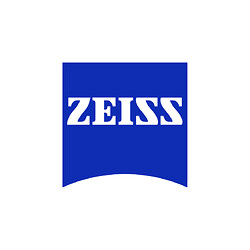ZEISS EVO as the Key to Wire Technology in Modern Medicine
High-performance wires for stents.
Since 2022, Ingpuls GmbH, based in Bochum, Germany, has been producing ultra-thin Nitinol wires for stents. To ensure the highest quality, the company relies on the ZEISS EVO scanning electron microscope (SEM). This powerful tool reveals the finest surface and microstructural details, enabling precise material analysis.
Optimizing complex processes with clarity
Producing ultra-thin Nitinol wires involves more than 100 steps — including repeated hot and cold deformation, and precise heat treatments. Each phase must be closely monitored. ZEISS EVO plays a central role in process optimization by revealing how each parameter affects the material’s structure and function.
Why ZEISS EVO is essential
Nitinol, a nickel-titanium alloy, is known for its superelasticity and shape memory. These unique properties make it ideal for stents — but they also demand precise quality control. Even microscopic flaws can compromise performance. ZEISS EVO enables Ingpuls to inspect the wire surface at up to 2,000x magnification, detecting critical imperfections that would otherwise go unnoticed.
View the success story about ZEISS EVO here.
